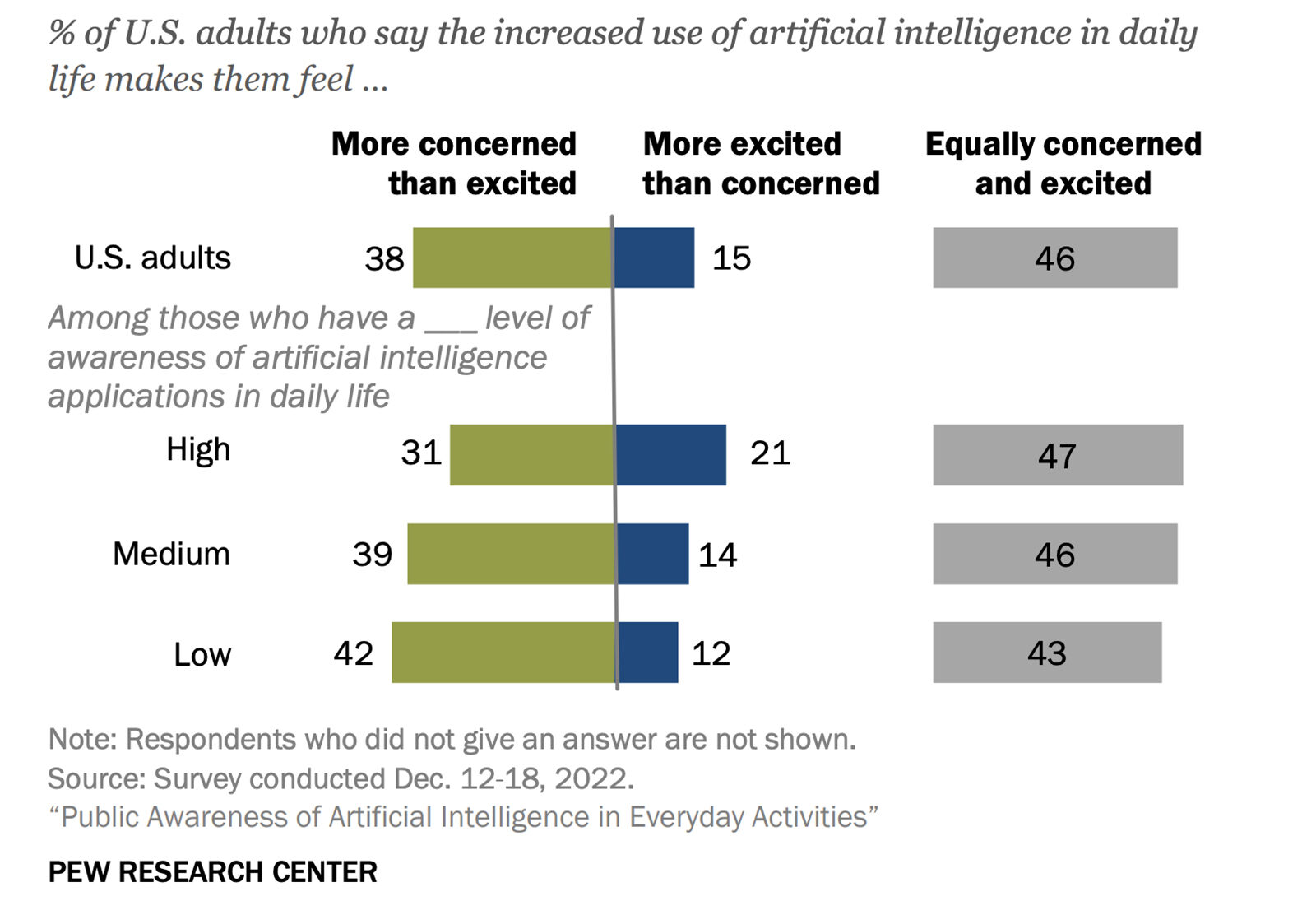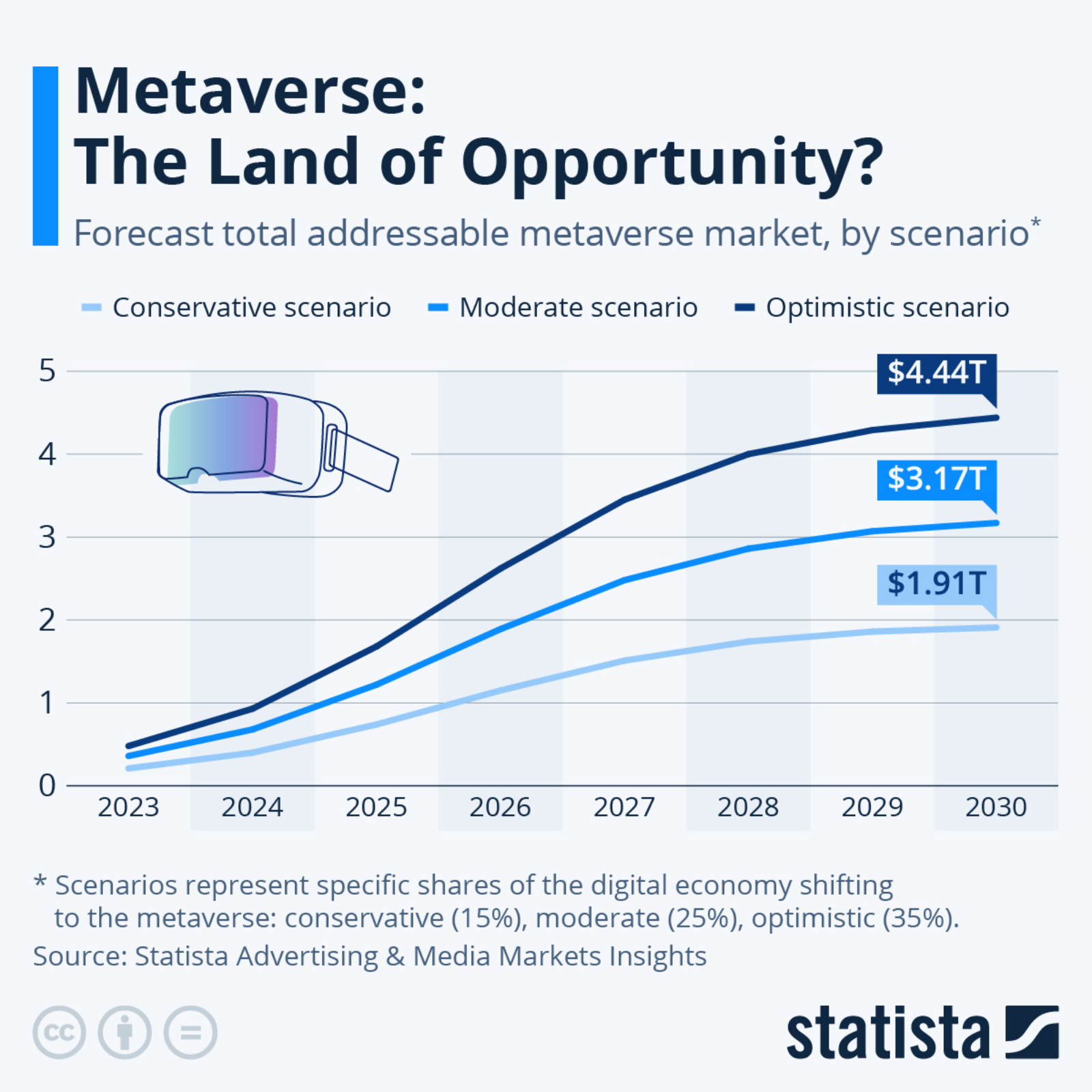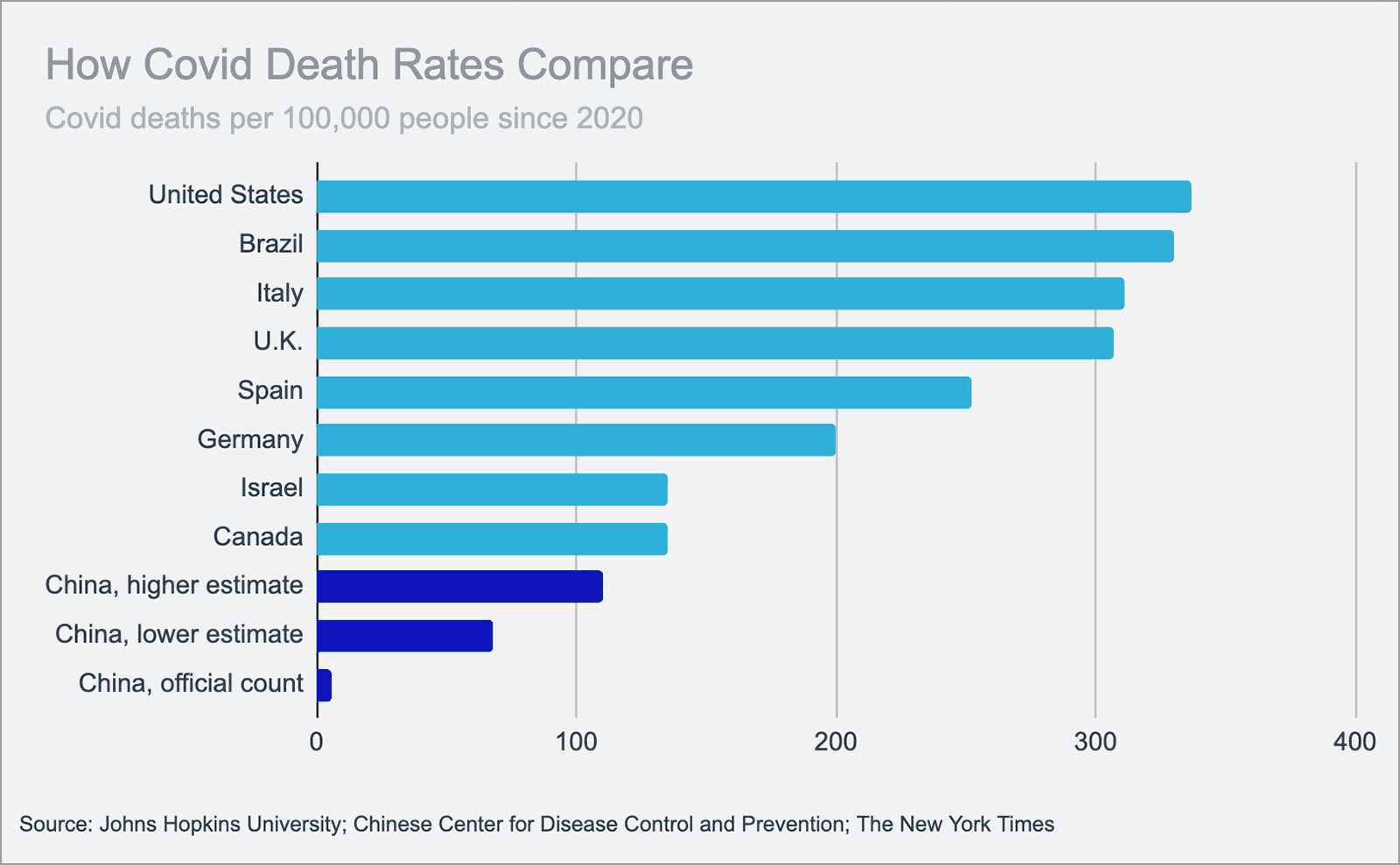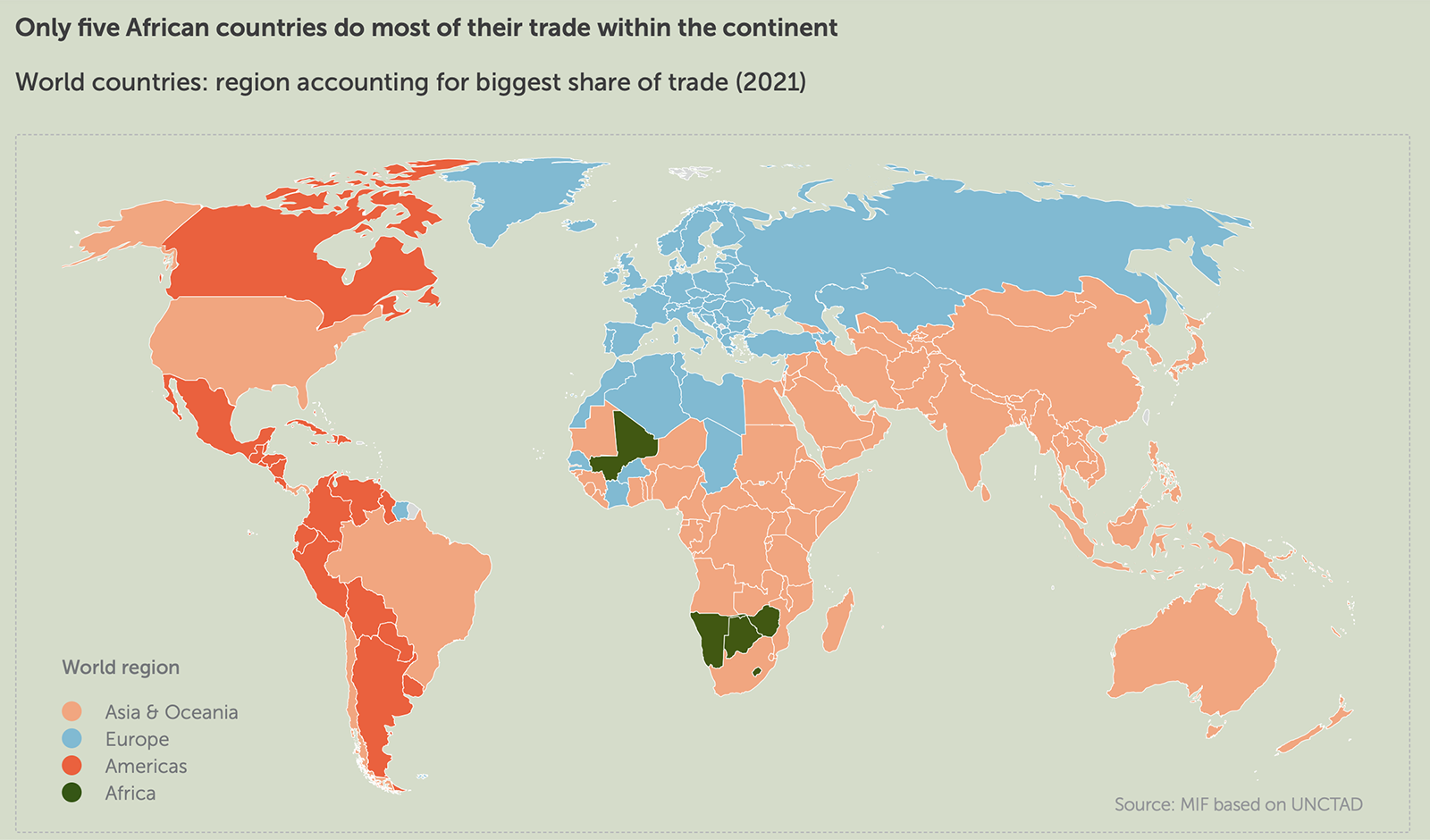Paris Agreement Commitments Not Likely to Stop Two-Degree Warming
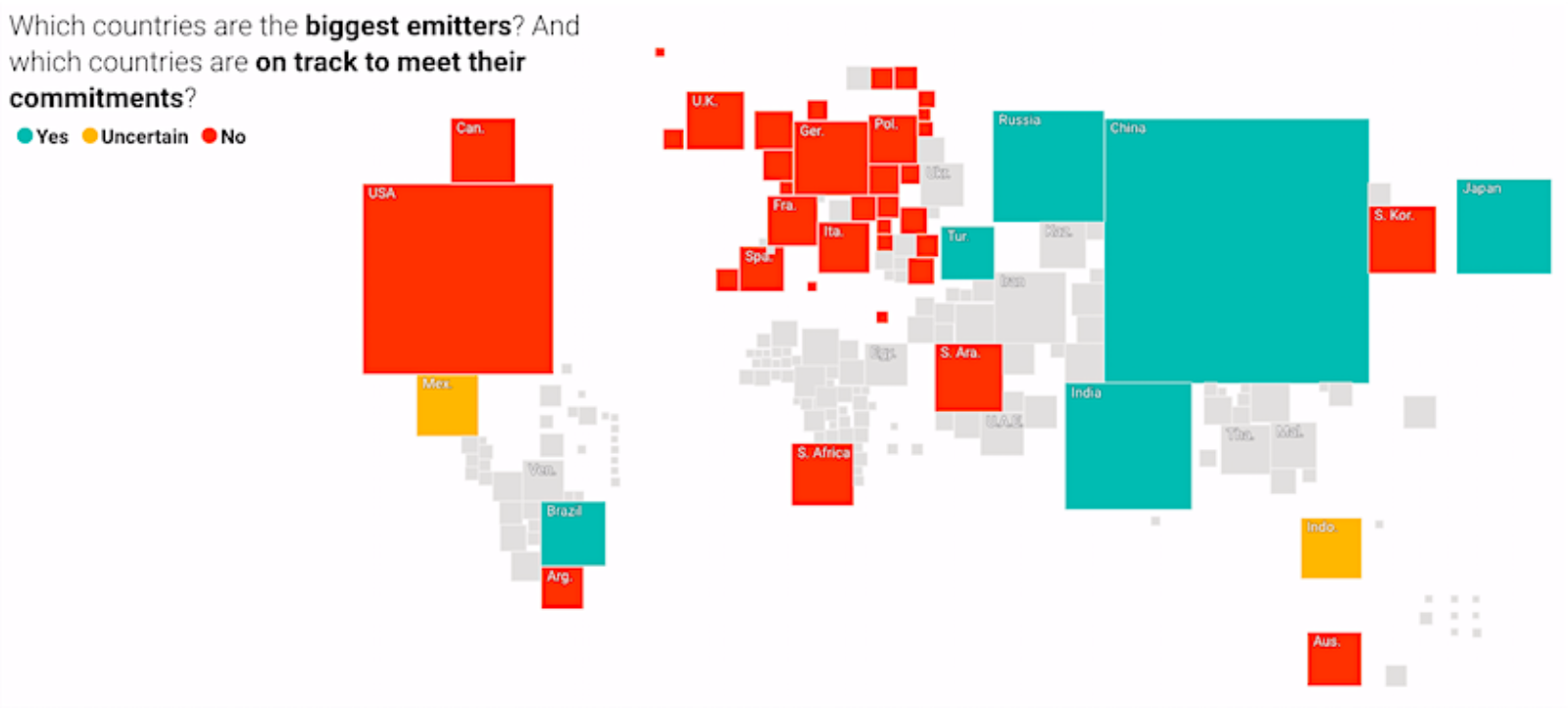
A key goal of the Paris Agreement is to limit a global temperature increase to 2 degrees Celsius by the end of the century, but the provisions of the agreement may not be strong enough to achieve that. The planet’s average temperature is set to rise by approximately 3.2 degrees by that time — and that’s if all countries fulfill their respective climate pledges (without conditions). Some of the biggest emitters, such as the U.S. and the EU, aren’t on track to do that (in the graphic above, cells are sized according to each country’s emissions).
UN Environment noted this and other troubling trends in its 2018 Emissions Gap Report. The next few years are crucial: The UN estimates that “to keep global warming well below two degrees Celsius, global greenhouse gas emissions will have to peak by 2020 and decline rapidly thereafter.” Still, there are some encouraging developments. For example, “the total energy from solar panels installed around the world has soared in the last few years.” Further, “488 companies from 38 countries adopted emission reduction pathways in line with the Paris Agreement.”


